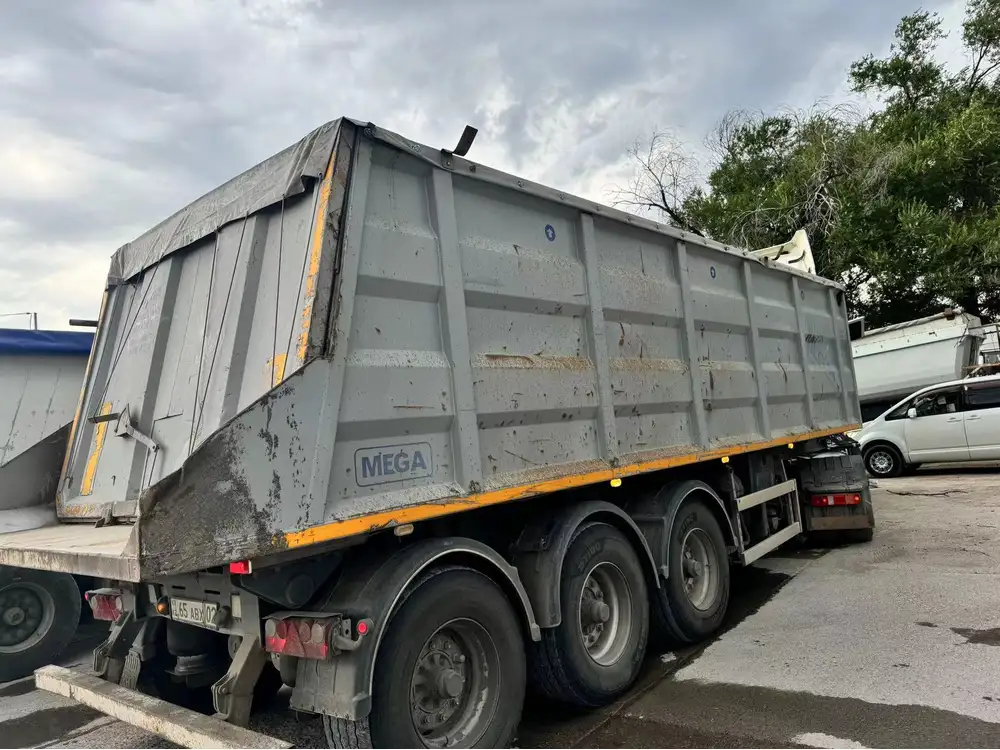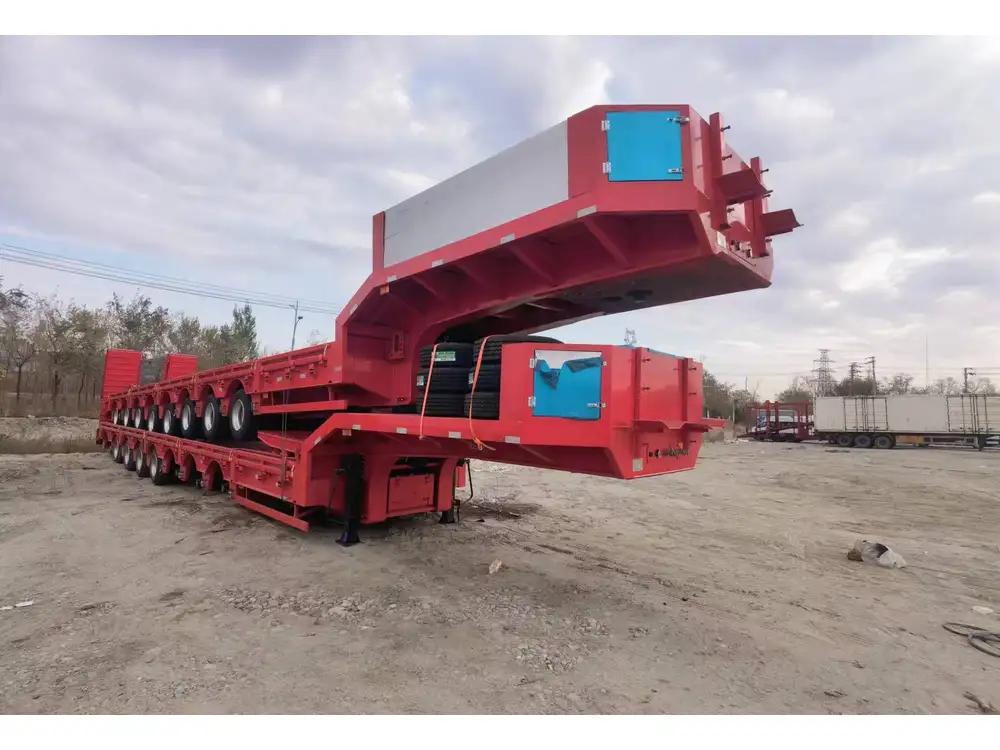If you’re in the business of hauling heavy loads or construction materials, the efficiency of your dump trailer becomes paramount. One of the critical steps in ensuring smooth operations is correctly hooking up your RAM to the dump trailer. This process can vary slightly based on the model and specification of both your RAM and the dump trailer. This detailed guide aims to break down this process into manageable steps, addressing common challenges, potential issues, and tips for optimal performance.
Understanding the RAM and Dump Trailer Configuration
Before we delve into the actual hooking-up process, it’s essential to understand the types of RAM trucks compatible with dump trailers. RAM offers various models, such as the RAM 1500, 2500, and 3500, each with unique towing capacities and configurations. Understanding these differences can influence not only your choice of trailer but also the way you hook up and operate it.
Key Specifications to Consider:
| Specification | RAM 1500 | RAM 2500 | RAM 3500 |
|---|---|---|---|
| Max Towing Capacity | Up to 12,750 lbs | Up to 19,980 lbs | Up to 37,100 lbs |
| Engine Options | 3.6L V6, 5.7L V8 | 6.4L V8, 6.7L I6 | 6.7L I6 turbo-diesel |
| Payload Capacity | Up to 2,300 lbs | Up to 3,160 lbs | Up to 7,680 lbs |
| Hitch Options | Class IV | Class V | Class V |
Understanding your RAM truck’s specifications allows you to select the appropriate dump trailer and ensures that you’re not overloading your vehicle, which can lead to severe mechanical failures and safety hazards.

Step-by-Step Process to Hook Up Your RAM to a Dump Trailer
Now that we’ve established the necessary truck specifications, let’s proceed with the practical steps involved in hooking up your RAM truck to a dump trailer.
Step 1: Inspect Your Equipment
Before you even begin to connect your RAM to the dump trailer, conduct a thorough inspection of both vehicles. Check for the following:
- Hitch Condition: Ensure that the hitch components are free of rust, damage, or excessive wear. Pay special attention to the coupler and ball hitch.
- Electrical Connections: Inspect your plug and wiring for any signs of wear or fraying. A poor electrical connection can lead to hazardous situations while on the road.
- Tires: Ensure both the RAM truck and the dump trailer have adequately inflated tires to handle the load.
Step 2: Position the Truck and Trailer
Align your RAM truck so that it is directly in front of the dump trailer.
- Back Up Slowly: With your truck in reverse, align the hitch ball with the coupler on the trailer. Utilize your mirrors to check the alignment.
- Check Clearance: Ensure there is enough space for the trailer to move. Avoid being too close, which could lead to an accident upon coupling.

Step 3: Connect the Coupler to the Hitch Ball
This step involves a few detailed actions:
- Lower the Trailer: Use the trailer’s tongue jack to lower the coupler onto the hitch ball. The trailer should sit firmly on the ball without any gaps.
- Engage the Coupler: Once the coupler sits on the hitch ball, engage the latch mechanism. Confirm that it is fully closed.
- Securing Pin: Insert the safety pin or lock to keep the latch securely in place. This is a vital step, as a loose coupler can lead to disaster while driving.
Step 4: Attach Safety Chains
Safety chains are essential for added security and legal compliance.
- Cross the Chains: Attach your safety chains from the trailer to the RAM truck’s hitch. Cross the chains under the trailer tongue to create a cradle effect that can catch the trailer in the event of a coupling failure.
- Ensure Proper Length: Adjust the chains to ensure they have minimal slack but also sufficient length to turn corners without disconnecting.
Step 5: Connect the Electrical Wiring
The electrical connection is crucial for the functioning of various trailer lights, which enhance visibility and safety.
- Locate the Wiring Harness: Find the appropriate wiring harness in your RAM truck, usually located near the hitch.
- Connect the Plug: Plug the trailer’s wiring harness into your RAM’s socket. Ensure that the connectors are clean, as dirty or corroded plugs can lead to lighting issues.
- Check Functionality: Before hitting the road, test the trailer lights to ensure proper functioning of brake lights, turn signals, and marker lights.

Step 6: Perform a Final Safety Check
Before ending the process, take a moment for an all-encompassing safety check.
- Coupler Security: Ensure the coupler is locked and secured.
- Chains Tight: Verify that safety chains are taut and correctly crossed.
- Electrical Functionality: Confirm that all lights are operational by using the RAM’s light controls.
- Tire Pressure: Double-check the tire pressures on both the truck and trailer.
Troubleshooting Common Issues
What if you encounter problems while hooking up your RAM to the dump trailer? Below are some common issues and their solutions:
- Coupler Won’t Fit Properly: Ensure that the hitch ball matches the coupler size (typically 2” or 2 5/16”).
- Electrical Malfunctions: Inspect fuses in both the truck and trailer. A blown fuse can often be the culprit behind non-functioning trailer lights.
- Excessive Play: If the trailer seems to move excessively when hooked up, check to see if it’s securely attached at the coupler and safety chains.
Maintenance Tips for Longevity
To prolong the life of both your RAM and dump trailer, it’s crucial to implement a regular maintenance schedule.

Essential Maintenance Practices:
- Routine Inspections: Conducting inspections after every use can catch minor issues before they escalate into significant problems.
- Lubrication: Regularly lubricate all moving parts of your hitch and trailer coupler to prevent corrosion and build-up.
- Brake Checks: Ensure that trailer brakes are functional, especially if the trailer has electric brakes. Test them routinely.
Conclusion
Understanding how to effectively hook up your RAM to a dump trailer is essential for safe and efficient hauling. By following the systematic approach outlined above, you can minimize risks and enhance operational efficiency. With regular maintenance and keen attention to detail, both your RAM and dump trailer can serve you well in transporting loads of varying sizes, ensuring your business operates smoothly and safely.
Whether you’re transporting dirt, gravel, or construction debris, a correctly hooked-up and well-maintained dump trailer can make all the difference. Explore more about your specific RAM model and select a compatible dump trailer that meets your hauling needs, and let’s ensure your journey is not just productive, but also safe.



